With the outbreak of Corona pandemic, the landscape and dynamics of the world’s healthcare system have changed dramatically. Now you can see a huge shifting of medical equipment and devices from hospital setup to home setting as getting healthcare services at home is convenient, less risky and expedient. Moreover, treatment at hospitals and private clinics are getting expensive, troublesome and risky for the Covid-19 and other infectious diseases.
Besides the recent technological revolution and unprecedented advancement in home health care equipment have further accelerated this momentum. This needs extraordinary measures from all those involved in the business.
It is the prime responsibility of the manufacturers to make user-friendly medical supplies and also to educate the public about the equipment and their proper use. Similarly, the end-users should also have knowledge about the essential and important home medical devices in order to use them conveniently and effectively.
However, it not uncommon that a big number of patients and even healthcare providers (doctors, paramedics and nurses) in some cases still don’t have a thorough understanding about the scientific usage of common home-use healthcare devices and as a result a large number of healthcare recipients affected with serious health complications every year just because of the improper use of home medical equipment.
This article is aimed to elucidate important features of the common home-use healthcare equipment and medical supplies to sensitize the users about the proper usage of medical devices in the home environment.
This blog post covers the following areas about the important features, issues and role of the patients regarding home healthcare equipment and medical supplies:
- What are the essential features of home-use medical supplies?
- What are the main issues related to home healthcare equipment?
- Why the role of patients/end-users are important while receiving healthcare at home?
These important areas are briefly elaborated in the following section:
- What are the common features of home-use medical devices?
Since home medical equipment are supposed to be used by the unskilled and untrained people it is crucial for the patients, healthcare recipients and their attendants at home to know about the common features of home-use medical devices. These features may be classified into the following types:
- Accessibility for all
Availability and accessibility are the most important features of medical equipment and health care devices. If it is universally available and accessible to all the patients, it may cover the market of home-use healthcare easily by proving beneficial both for the manufactures and the healthcare recipients. The availability of additional parts and after-sale services in close proximity are some of the important consideration in the purchase decision of home medical supplies.
Since the internet has transformed the way information is being shared and consumed, the online market space is thriving making it possible for the home care recipients to have the essential medical equipment and health care devices at one simple click-buy on Amazon. And this is why the patients and users go for such medical supplies having this vitally important feature.
- Flexibility in structure
It is the second most important feature of home healthcare equipment and durable medical devices, because, the medical supplies are being manufactured after proper research thorough homework and according to the common-sense wisdom, ranging from laymen to professionally trained persons.
Without taking structural flexibility into account, it is arduous for a medical device to ensure sustainability in the marketspace of home healthcare supplies. Hence, it is a vitally important factor that people take into serious consideration before buying homecare medical devices.
- Simplicity in function
Simplicity in nature is another top most required features for home-use medical devices and best medical supplies. Although, professionals such as doctors, paramedics, nurses and technicians may comfortably use a wide variety of healthcare equipment but when we talk about nonprofessionals, we essentially require simplicity in functions for them.
For a vast majority of people mainly comprising of the unskilled and untrained segment of the population user-friendliness and simplicity in functions are the special consideration determining their purchase behaviour. Hence, the design should accommodate a wide range of individual preferences and abilities.
- Tolerance for error
Tolerance for error is also an important feature of home healthcare equipment. The feature minimizes hazards and the adverse consequences of accidental or unintended actions. Devices without tolerance for error in application it is difficult to outlast the market.
Hence, there should be some basic features in a medical supply such as automatic shut off in case of error, provide warnings of hazards and errors committed by a healthcare recipient in order to control the damage and discourage unconscious action in tasks that require vigilance.
2. What are the key issues related to home use healthcare equipment?
There are multiple issues in connection with effective use of home medical devices, however, they imbibe the following broad categories. These are discussed in the preceding section:
- Users issues
Since, there is always a noticeable difference between users’ level of education, understanding of technology, mental makeup and way of looking at things, nevertheless, the manufacturers make devices for the same category of people at times ignoring stark contrast between the above-mentioned levels creating problems not only for the patients for being not aware about the usage but also for the manufacturers through multifarious users’ complaints ultimately rejecting their products. Hence, medical devices used in the home should be easy for lay users to operate and have minimal requirements for calibration and maintenance.
- Device issues
Sometimes, many devices may not be safe for every user or for a particular environment or specific health condition. Hence, it is the responsibility of the manufacturers to make user-friendly devices, keeping in mind the hazards and dangers associated with different medical supplies. They should ensure that the design is useful and marketable to people with diverse abilities, provide the same means of use for all users and identical whenever possible.
- Device labelling and training issues
On certain occasions, the end-users do not properly understand the instructions given on the manual creating serious health complications as too often, medical device documentation and labelling are written not for novice users but for health care professionals. Here it is advised that Instructions and labelling that accompany medical devices used in the home must also be designed for lay users.
All the home caregivers, both educated and laypeople, should use the medical devices as per the standard operating procedures as without adequate knowledge of the healthcare equipment and concerning medical devices, numerous complications may develop. Therefore, prior to any healthcare procedure, the caregivers must know minute details of the proper use of the medical device.
- Environmental issues
There are several environmental factors involved that can present a range of complexities for the introduction of medical devices. The healthcare equipment at home may also be affected due to residential environments issues i.e. space, lighting, noise level and temperature. These environmental influences can have a significant impact on how safe or risky a device is in the home.
Similarly, not all home-use medical supplies stay at home all the time. People who work may take their device along with them to the workplace. This situation has implications for device portability such as size and weight and appearance, particularly with regard to discretion. In this case, battery life, durability, and ruggedness also matter.
3. Why the role of patients/end-users are important while receiving healthcare at home?
The role of the patients and healthcare receivers is highly important while receiving health care at home. Engaging patients in their care helps a lot in successfully reducing readmissions in hospitals and improving patient satisfaction. Patients who are involved in decision-making about their health are more likely to understand how to take care of themselves and thus prevent hospitalization or readmission. There are a number of important lessons the patients/end-user should assimilate. These are elaborated here as under:
- Necessary knowledge of the common diseases and health conditions
The basic aim of home health care services is to help patients improve their living with greater independence, promote their optimal level of well-being and assist them to remain at home, avoiding hospitalization or admission to health care institutions. Hence, basic knowledge and essential information about their diseases and even complex health conditions are essentially required in order to maintain healthcare and use the right device at the right time if any problem happens to them.
2. Building common sense through observation and learning
Being an inviolable domain of the patients, the home health care patient often has a greater role in determining how and when certain interventions will be implemented as compared to hospitalized patients. Hence, they should learn and build common sense about the equipment and gadgets while receiving healthcare at home using such medical devices, if they feel or face any healthcare-related issues.
3. Using the internet for enhancing knowledge and education about diagnosis and therapy
Traditionally, patients relied on the healthcare professionals for the provision of relevant medical information to inform decision making on diagnosis and therapy. Patient education in the past has consisted of independently collated health information, disseminated predominantly in written and video formats. Greater accessibility to the Internet has provides a novel method for patients to access health information and play a greater role in decisions ultimately affecting their health. Since the Internet is the most reliable, fastest and most effective tool for enhancing patients/end users’ knowledge about the nature of diseases and medical devices required to be used. Therefore, it shall be helpful, if they use Google, YouTube and other search engines for further guidance and useful instructions.
4. Taking expert opinion and training in case of any problem with medical supplies
Taking guidance from professionally trained people, consultants and health care providers are essential for the patients/end users especially the laymen. Therefore, after purchasing a device, they should consult a relevant professional person for necessary instructions.
5. Purchasing quality healthcare devices
Buying standard medical devices is very crucial as with any substandard device, it is difficult to generate the right results or reports while receiving health care at home. That is why the users should also focus on this aspect too.

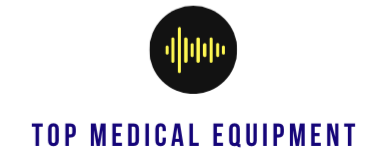
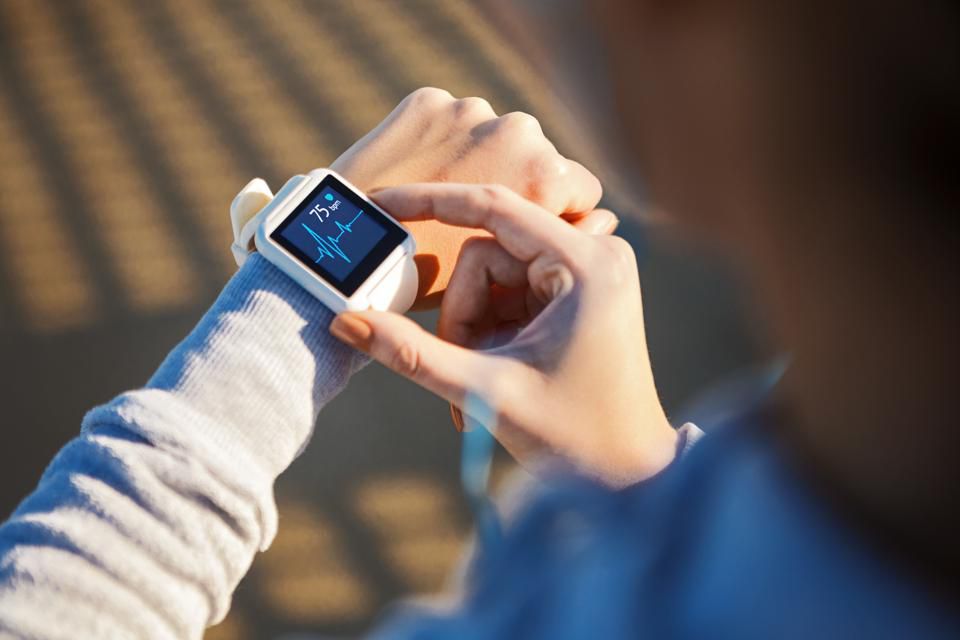

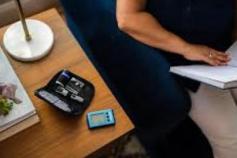

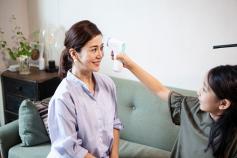
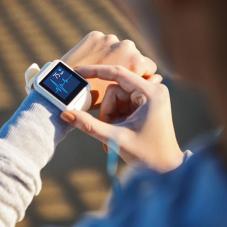
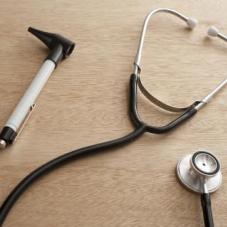

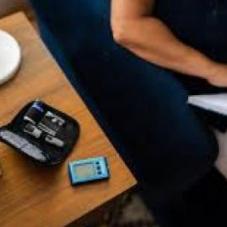
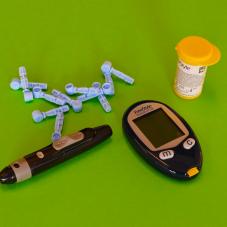
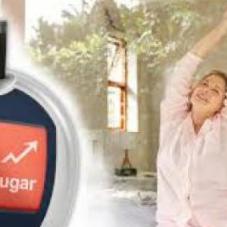

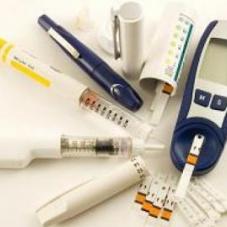
0 Comments